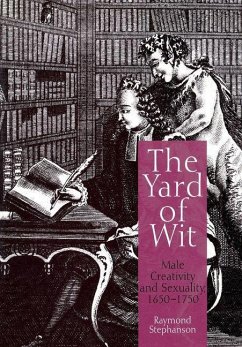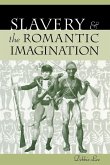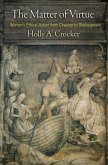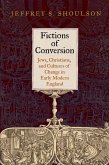Literary composition is more than an intellectual affair. Poetry has long been said to spring from the heart, while aspiring writers are frequently encouraged to write "from the gut." Still another formulation likens the poetic imagination to the pregnant womb, in spite of the fact that most poets historically have been male. Offering a rather different set of arguments about the forces that shape creativity, Raymond Stephanson examines how male writers of the Enlightenment imagined the origins, nature, and structures of their own creative impulses as residing in their virility. For Stephanson, the links between male writing, the social contexts of masculinity, and the male body-particularly the genitalia-played a significant role in the self-fashioning of several generations of male authors. Positioning sexuality as a volatile mechanism in the development of creative energy, The Yard of Wit explains why male writers associated their authorial work-both the internal site of creativity and its status in public-with their genitalia and reproductive and erotic acts, and how these gestures functioned in the new marketplace of letters. Using the figure and writings of Alexander Pope as a touchstone, Stephanson offers an inspired reading of an important historical convergence, a double commodification of male creativity and of masculinity as the sexualized male body. In considering how literary discourses about male creativity are linked to larger cultural formations, this elegant, enlightening book offers new insight into sex and gender, maleness and masculinity, and the intricate relationship between the male body and mind.
Dieser Download kann aus rechtlichen Gründen nur mit Rechnungsadresse in A, D ausgeliefert werden.









